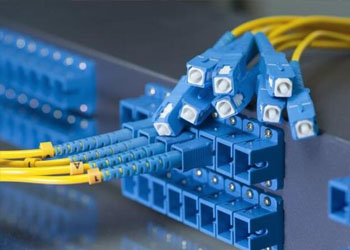1. Check whether the power supply of each device is normal.
2. Check whether the video indicator of the corresponding channel of the receiver is lit.
A: If the indicator light is on (the light on indicates that the channel has video signal output at this time). Then check whether the video cable between the receiving end and the monitor or DVR and other terminal equipment is well connected, and whether the video interface connection is loose or has virtual welding.
B: The video indicator of the receiving end is not on, check whether the video indicator of the corresponding channel at the front end is on. (It is recommended to re-power on the optical receiver to ensure the synchronization of the video signal)

a: The light is on (the light is on means that the video signal collected by the camera has been sent to the front end of the optical transceiver), check whether the optical cable is connected, and whether the optical interface of the optical transceiver and the optical cable terminal box is loose. It is recommended to re-plug and unplug the optical fiber interface (if the pigtail is too dirty, it is recommended to clean it with cotton alcohol and let it dry before inserting it).
b : If the light is not on, check whether the camera works normally, and whether the video cable from the camera to the front-end transmitter is connected reliably. Whether the video interface is loose or has virtual welding.
3. If the above methods cannot eliminate the fault and there are devices of the same type, the replacement inspection method can be used (equipment is required to be interchangeable). to determine faulty equipment.










